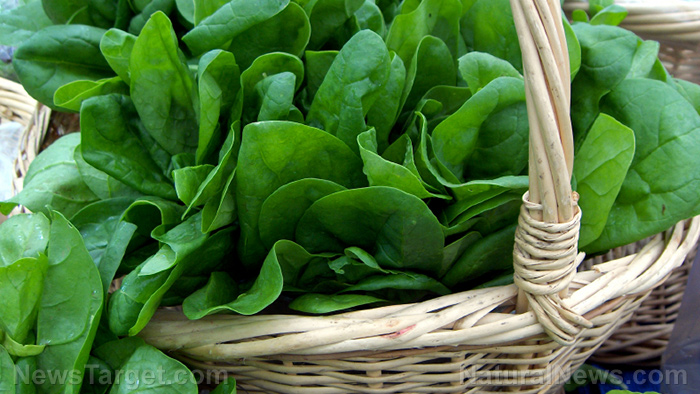Spinach (Spinacia oleracea) originated in ancient Persia (modern-day Iran) around the 4th century CE, spreading to China, Europe and eventually North America. It became a culinary staple in Mediterranean cuisine and gained popularity in the 20th century, part…
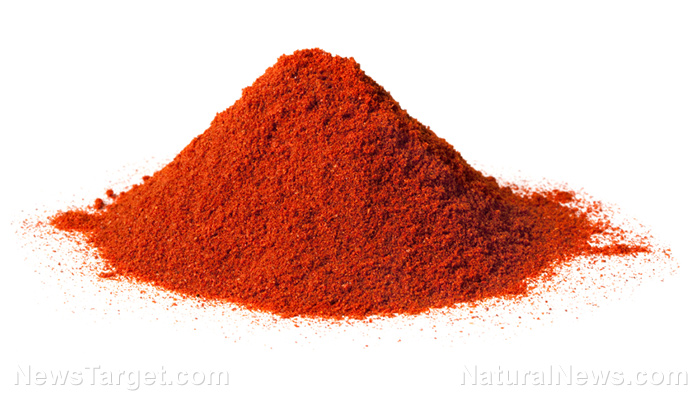
Paprika originated in the New World and was introduced to Europe in the 16th century by Spanish and Portuguese explorers. It became a cornerstone of Hungarian cuisine, particularly in dishes like goulash, and is celebrated annually in the town of Kalocsa, Hun…
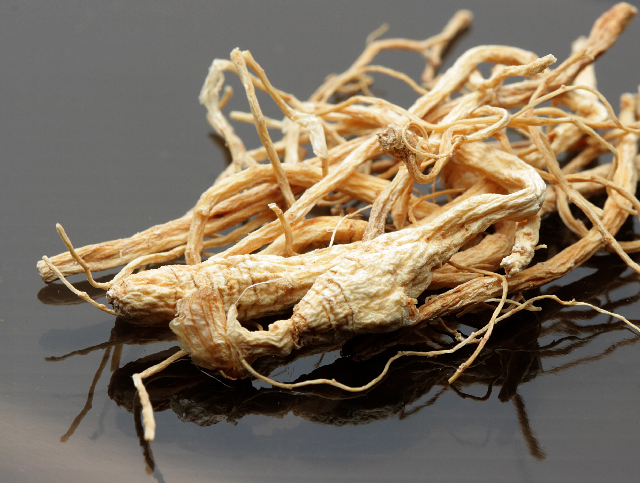
Panax ginseng, known as the “king of herbs,” has been a cornerstone of traditional medicine for over 2,000 years, originating in East Asia and revered for its vitality-enhancing properties. It was first documented in ancient Chinese texts and traded along the…
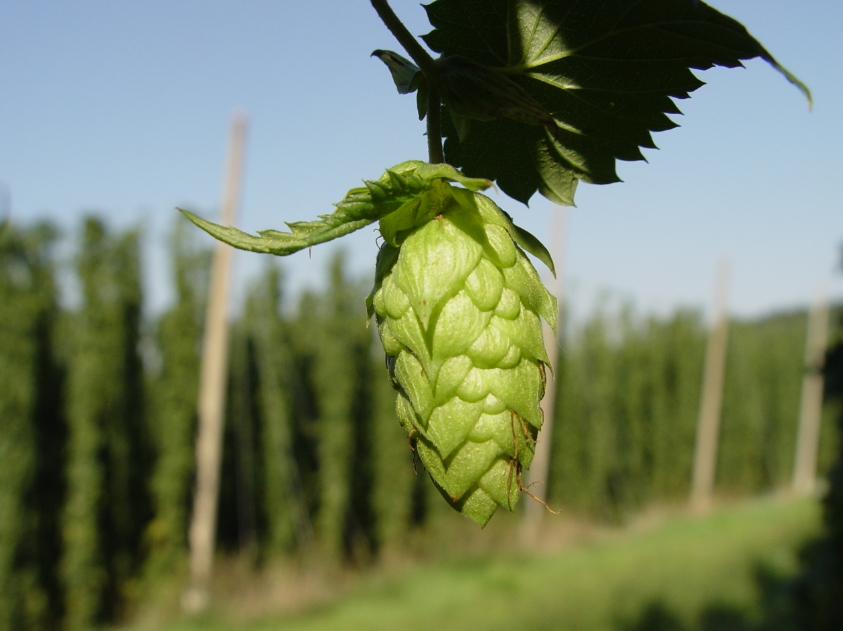
Hops (Humulus lupulus) has a long history of use dating back to the Neolithic period, but its cultivation for brewing purposes began in the 8th century CE in a Bavarian monastery. By the Middle Ages, hops had spread throughout Europe, and by the 17th century,…
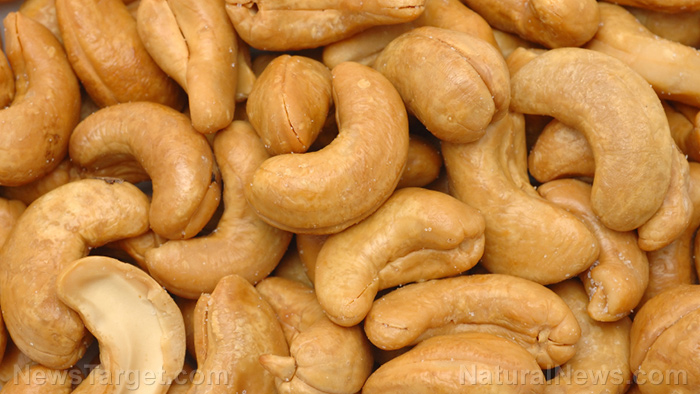
Cashews, originally from northeastern Brazil, were first cultivated and distributed by Portuguese explorers in the 16th century to their colonies in Africa and Asia. Today, they are widely grown in tropical regions, with India and Ivory Coast being the leadin…
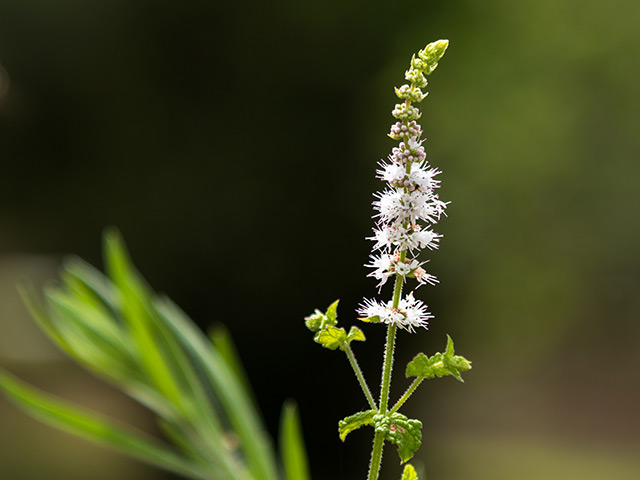
Black cohosh, known by other names such as black bugbane and fairy candle, has a rich history of use in Native American traditional medicine. It was used to treat menstrual discomfort, rheumatism and respiratory issues. It later became a staple in American he…
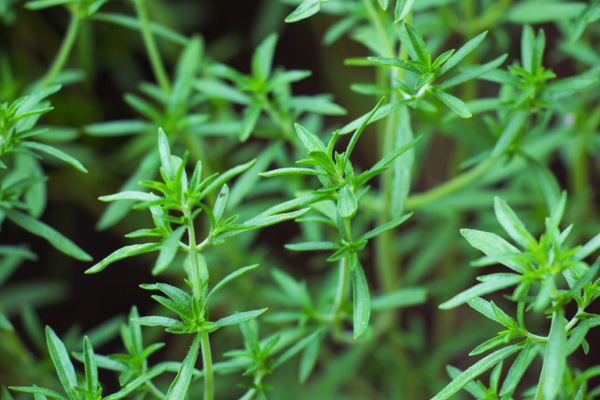
Winter savory, is a perennial, semi-evergreen herb native to southern Europe, the Mediterranean and parts of Africa. It belongs to the mint family and is valued for its culinary and medicinal uses. Its dark green leaves and summer flowers make it both functio…
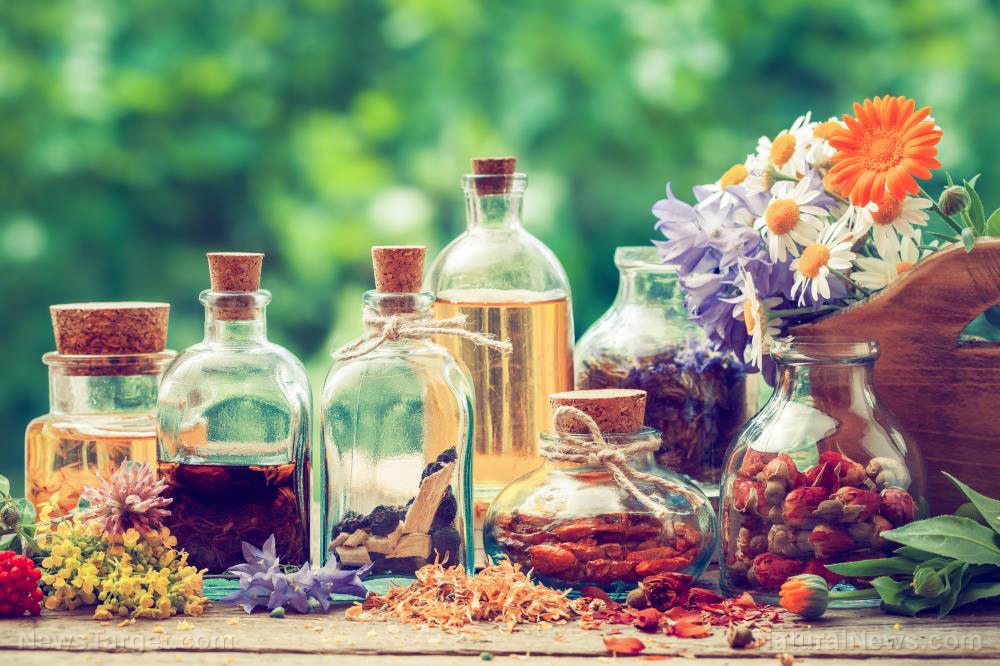
James Green’s “The Herbal Medicine-Makers Handbook” introduces herbal medicine-making as an easy, natural and delightful practice, likening it to dancing and emphasizing its holistic and joyful nature. Green advocates for the empowerment of individuals throug…

Alas, red wine doesn’t make the cut.
